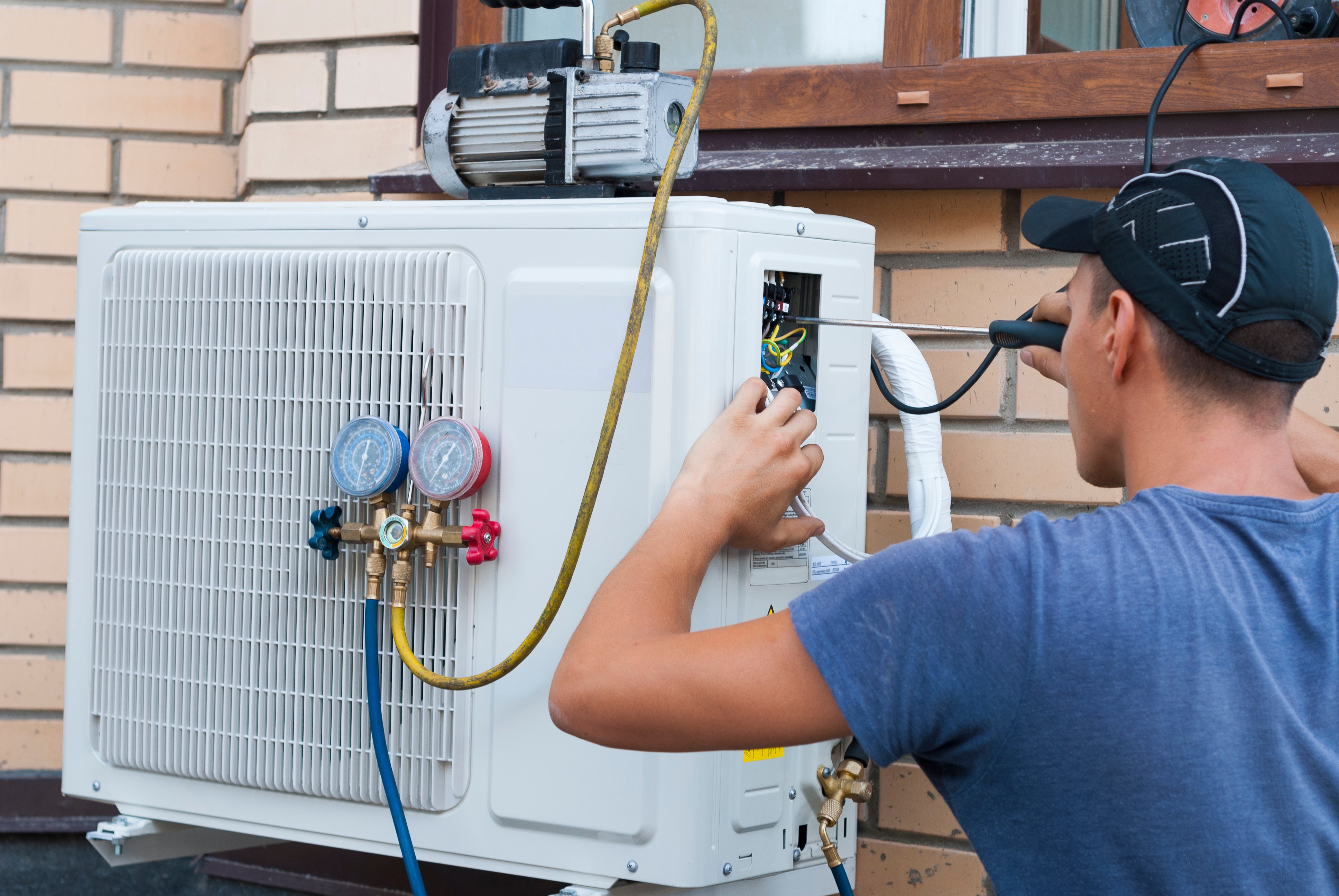Kenya HVAC Market — Strong Growth Trajectory & Emerging Trends through 2030

Strong 8k brings an ultra-HD IPTV experience to your living room and your pocket.
The Kenya HVAC Market size was valued at around USD 148 million in 2024 and is projected to reach USD 219 million by 2030. The market is also estimated to grow at a CAGR of around 6.82% during the forecast period, i.e., 2025-30. The rapid urbanization and infrastructure development are increasing the need for these systems in residential, commercial & industrial sectors.
Kenya HVAC Market Analysis Highlights
- Robust Drivers: Uptick in commercial real estate and hospitality projects, rising disposable income, and Kenya’s hotter climate trends.
- Government Support: National energy efficiency initiatives and incentives for adoption of eco-friendly cooling systems.
- Innovation Push: Local and international manufacturers investing in IoT-enabled HVAC, inverter-based AC units, solar-assisted cooling.
- Policy & Regulation: Strengthened energy standards pushing for greener HVAC systems.
- Distribution Growth: Enhanced retail networks in Nairobi, Mombasa, and Kisumu, bolstering reach in Tier-2 & Tier-3 cities.
- COVID-19 Aftermath: Demand for air purification and better ventilation in healthcare and institutional facilities.
These factors create a fertile environment for sustained sectoral growth, aligning with Kenya’s broader modernization and cooling efficiency goals.
Key Takeaways from the Report
- Expanding commercial real estate portfolio fueling HVAC demand.
- Incentivization of green technologies through government schemes.
- Consumer shift toward smart, energy-efficient HVAC solutions.
- Manufacturers focusing on localized assembly and aftermarket services.
Leading Companies in Kenya’s HVAC Ecosystem
The competitive landscape is spearheaded by both global giants and strong local names:
- Daikin, Trane,
- LG Electronics,
- Refnet Air Conditioning Ltd,
- Cool Kenya,
- Snow Desert (EA) Limited,
- Lean Ventures Ltd.,
- Critical Cooling Systems Limited,
- Skyline Services Limited,
- Johnson Controls,
These players are introducing advanced product lines and service models, from smart chillers to solar-integrated cooling systems.
Kenya HVAC Market Segmentation Analysis
By Equipment Type
- Cooling Equipment
- Unitary Air Conditioners
- VRF Systems
- Chillers
- Room Air Conditioners
- Window AC
- Split AC
- Floor Standing AC
- Cassette AC
- Packaged AC
- Coolers
- Cooling Towers
- Heating Equipment
- Heat Pumps
- Furnaces
- Unitary Heaters
- Boilers
- Ventilation Equipment
- Air-Handling Units
- Air Filters
- Dehumidifiers
- Ventilation Fans
- Humidifiers
- Air Purifiers
By Implementation Type
- Construction
- Retrofit
- By Demand Type
- OEM
- Aftermarket
By End User
- Commercial
- Residential
- Industrial
- Healthcare
- Airports
- Logistics
- Others
Spotlight on a Key Trend: Energy-Efficient HVAC Solutions
One emerging trend is the rapid adoption of energy-efficient and green HVAC systems. With recurring power shortages and rising energy costs, both businesses and homeowners are shifting to inverter-driven air conditioning, high SEER-rated chillers, and solar hybrid units. These systems not only reduce electricity bills by up to 30–40%, but also align with Kenya's environmental mandates. Local installers now offer financing schemes to ease upfront costs, making investment in green cooling more accessible. This shift not only elevates operational savings but also positions Kenya as a leader in sustainable HVAC adoption in East Africa.
Market Segment in Focus: Residential Inverter AC Units
The residential segment—especially inverter-type split ACs—is the fastest-growing in Kenya. With rising middle-class incomes and increased urban apartment construction, households are upgrading from fan-based cooling to efficient AC systems capable of precise temperature control and lower energy consumption. Inverter ACs adjust compressor speed based on room needs, ensuring quieter operation and substantial energy savings. Retailers have responded by bundling installation, warranty, and maintenance packages, further boosting adoption. As more consumers prioritize comfort and efficiency, inverter ACs have emerged as the go-to HVAC solution in modern Kenyan homes.
Future Outlook
With the growing trends, the Kenya HVAC industry is projected to grow and expand during the forecasting years, i.e., 2025–30, as the above-stated factors are changing the market landscape and opening doors to market players. Market players can enhance their market size & revenue by meeting the changing market dynamics and evolving consumer expectations. Additionally, market players, with the help of SWOT analysis, can adjust their existing settings regarding the evolving market trends, which would ultimately augment the size & volume of the entire industry at the National level.
Note: IndiBlogHub features both user-submitted and editorial content. We do not verify third-party contributions. Read our Disclaimer and Privacy Policyfor details.







